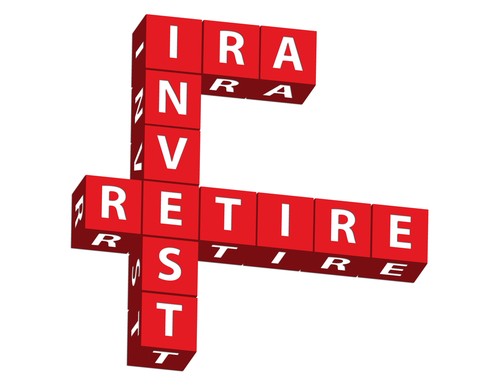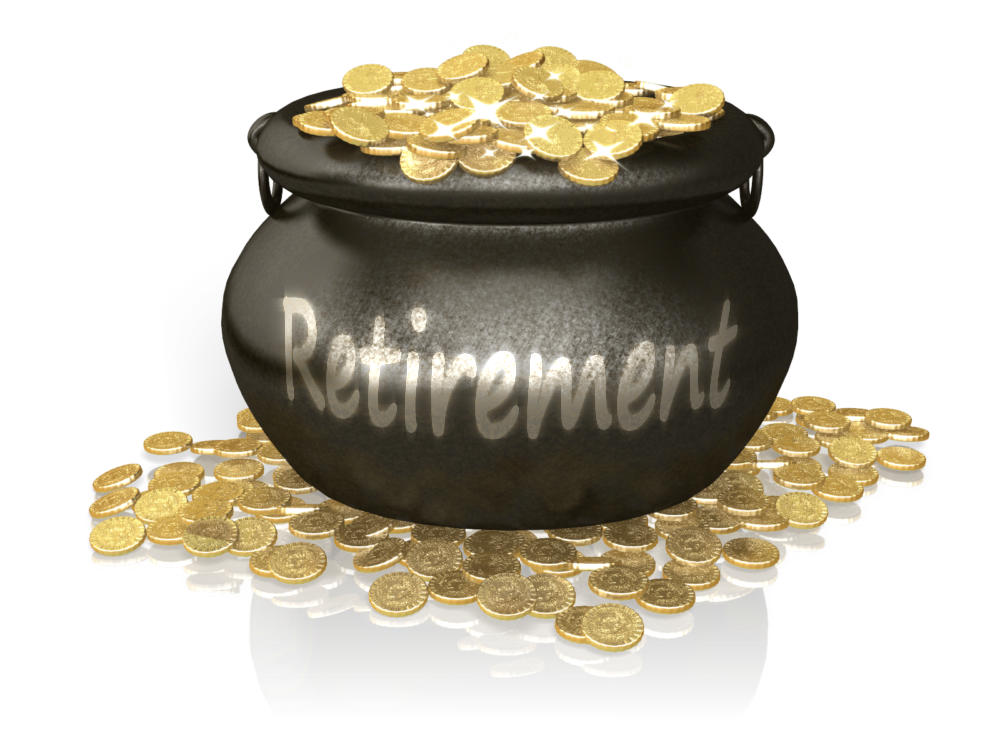Safe SelfDirected IRAs For Retirement Investors
Post on: 21 Июнь, 2015 No Comment

One of the interesting quirks of the investing world in the last few years has been the rise of self-directed IRAs.
You often hear them bandied about as vehicles for people who are tired of ordinary investing and who seek to dabble in alternatives. Gold coins, directly held real estate, horse farms or interests in business partnerships.
The tax advantages seem to be there for the taking. After all, you get to play your pet theory on the economy — inflation is set to roar, theres value in Chinese startups, whatever — from behind the shield of a tax-deferred account.
There are some distinct advantages to investing through self-directed IRAs. The standard limits of IRAs apply and there are plenty of rules around self-dealing to family members or yourself, but you do get to invest the way you would like.
The trouble with self-directed IRAs is that people too easily misunderstand the purpose of their newfound investing freedom. The discussion seems to be focused entirely around the wide variety of alternatives in which one could invest, an approach which completely misses the point of alternative investing.
When serious money managers talk about alternatives, assuming that they are honest about their fiduciary responsibility to clients, they are talking about a tiny slice of your investments. The assumption is that most of your money will be in quite traditional, even boring, investments — blue-chip stocks and investment-grade government bonds.
Responsible managers sometimes will add on alternatives as a strategy, but first they build a rock-solid portfolio matched to the risk tolerance and time horizon of their client, the investor.
Central to the strategy is a basic asset allocation and rebalancing approach. wherein investments are sold off when they move higher or bought when they move lower, programmatically.
But thats not how self-directed IRAs are marketed, for the most part. Too often, people open them in order to fill them with volatile, high-risk investments.
These types of investors, if you can call them investors, hope to win big despite two very tough challenges: Picking enormously successful short-term investments while avoiding the tax consequences of that success. (Perversely, if the investments fail, they also lose any tax-loss harvesting advantage, but thats another story.)
Conceivably, self-directed IRAs could be a place to put currently low-value company stock or long-term inflation hedges. But, more commonly, they becomes just another trading tool, stuffed with risk.

Self-directed IRAs for real investors
You can, however, take an entirely different approach to self-directed IRAs. The genius of tax deferral is not chopping away the reach of the IRS (they will get you eventually) but in using the deferral time granted to you by tax law to grow your money.
Pension fund administrators understand this idea very well. They know that in the scope of a normal retirement horizon — say, 30 years — every cent on the clients side of the ledger is growing for the client. Its equally true for a retiree who expects to live another 20 years or more. Time is money.
If your money grows steadily in very low-fee accounts, all the while deferring taxes, then the compounding effect takes over. You can own a very solid, simple and ultimately safer portfolio in self-directed IRAs and realize the truly powerful benefits of tax deferral — without putting a penny at extraordinary risk.
Its not as exciting as owning a horse farm or sitting on a pile of gold bars, but excitement in investing is often just a form of very expensive and, ultimately, financially dangerous entertainment.














